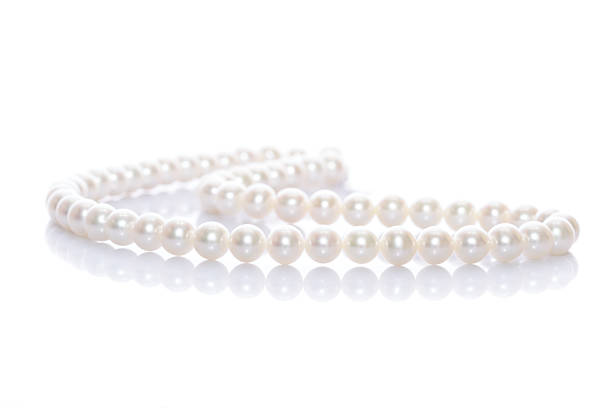June Birthstones: Pearl, Alexandrite, and Moonstone
0 comments
SHOP BY STYLE ✧
SHOP BY SHAPE ✧
![]()
![]()
![]()
![]()
![]()
METAL COLOR ✧
WEDDING BANDS
SHOP BY STYLE ✧
![]()
![]()
![]()
SHOP BY STONE ✧
SHOP BY METAL ✧
JEWELRY FOR THE BIG DAY
NECKLACES ✧
EARRINGS ✧
BRACELETS ✧
Engagement ✧
SHOP BY SHAPE ✧
![]()
![]()
![]()
![]()
![]()
![]()
SHOP BY COLOR ✧
SHOP BY CATEGORY✧

SHOP BY CATEGORY✧
SHOP BY OCCASION✧
SHOP BY PRICE✧

Birthstone Jewelry

June is a month imbued with warmth and growth, represented beautifully by its trio of birthstones: Pearl, Alexandrite, and Moonstone. Each of these gemstones carries its own unique charm, history, and significance, from the timeless elegance of pearls to the rare, color-changing magic of alexandrite, and the mystical glow of moonstone. As we delve into the lore, symbolism, and allure of these gems, you’ll discover why June’s birthstones are truly special treasures.
Birthstones have captivated human interest for centuries, believed to bring good luck, health, and protection to those born in their respective months. The concept of birthstones dates back to ancient times, with connections to the Breastplate of Aaron described in the Bible. This sacred garment was adorned with twelve stones representing the twelve tribes of Israel, which later became linked to the twelve months of the year and the twelve zodiac signs. Over time, these associations evolved into the birthstone traditions we cherish today.
June stands out among other months for its unique trio of birthstones: Pearl, Alexandrite, and Moonstone. Each stone is distinct in its appearance and meaning, offering June-born individuals a rich selection of gemstones to choose from.

June’s birthstones—Pearl, Alexandrite, and Moonstone—each offer a unique blend of beauty, history, and symbolism. Whether you’re drawn to the classic elegance of pearls, the rare and magical color change of alexandrite, or the mystical glow of moonstone, these gemstones provide a rich tapestry of choices for anyone born in June. Celebrate your birth month with one of these exquisite stones and embrace the special qualities they bring.